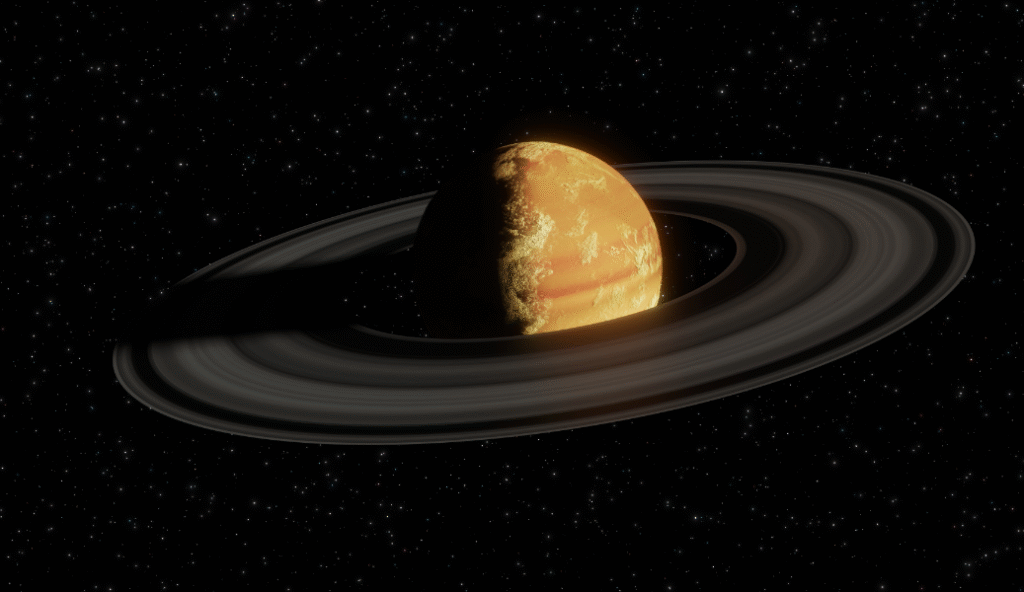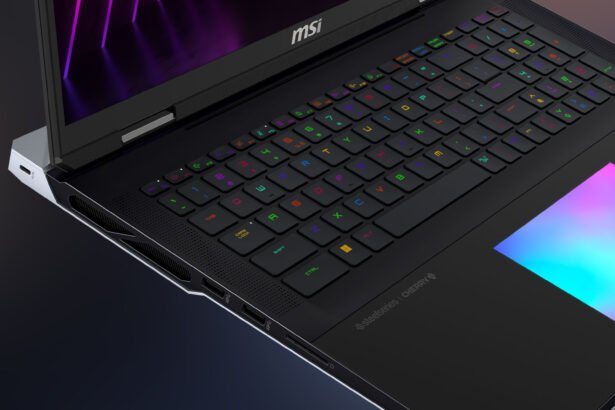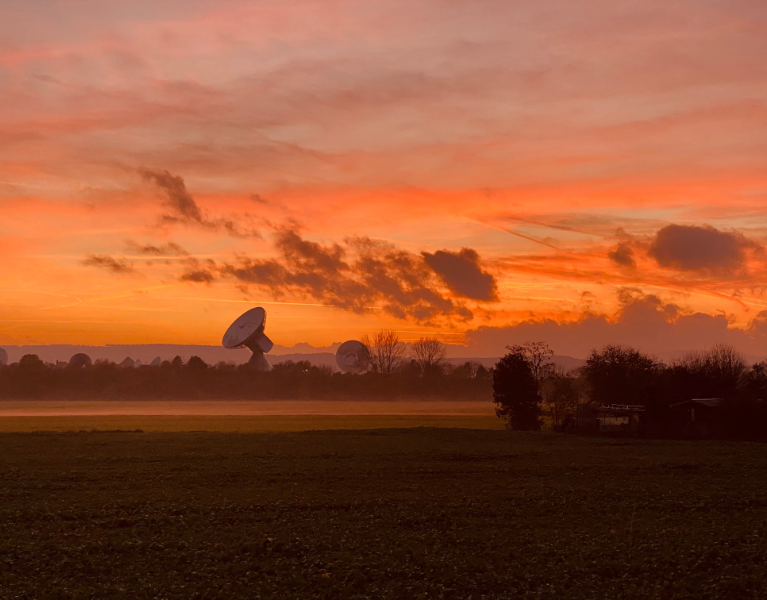Just a few decades ago, the idea of space traffic jams in would have sounded like science fiction. Yet today, we face a growing challenge: managing the constant flow of satellites orbiting Earth. With thousands already in low Earth orbit and more launching each month by companies like SpaceX and Starlink, the risk of satellite collisions is escalating rapidly.
Low Earth orbit (LEO) is becoming increasingly crowded with communication systems, Earth-observation satellites, and countless pieces of space debris. To prevent accidents and protect the infrastructure we rely on daily, we need smarter, faster solutions. That’s where AI-driven orbital traffic management steps in.
The Problem with Orbital Congestion
Space may seem endless, but usable orbits are limited. As more objects enter LEO, the chance of collisions increases. Even a tiny piece of debris can damage or destroy a satellite travelling thousands of miles per hour. What’s Behind the Orbital Overcrowding?

- The rise of mega-constellations like Starlink
- Abandoned satellites and rocket fragments
- Lack of global regulation and coordination
- Delays in removing non-functional spacecraft
The result? More than 27,000 pieces of debris are currently tracked, with many more too small to detect but still dangerous. Without intervention, this clutter could make parts of the space unusable.
How Does AI Help Manage Space Congestion?

Traditional monitoring systems rely heavily on manual updates and human prediction. With the explosion of activity in space, that’s no longer practical.
Enter artificial intelligence in space—an advanced tool that analyzes vast datasets, predicts satellite trajectories, and prevents crashes before they happen.
Here’s What AI Can Do:
- Monitor thousands of satellites in real time
- Predict potential collisions using machine learning
- Send automatic alerts to operators
- Suggest or perform orbital maneuvers
By using AI, space agencies and private firms can respond faster and more accurately, reducing the risk of costly accidents.
What AI-Driven Space Traffic Control Looks Like

AI-based platforms operate like space traffic control centers, but far more efficiently. These systems constantly evaluate orbital paths and generate early warnings for possible collisions.
Features of AI-Based Systems:
- Automated tracking of all objects in LEO
- Predictive modeling for future movement
- Collision risk scoring to prioritize threats
- Autonomous satellite control for fast reactions
This kind of AI software for satellite tracking is already being used by leading space organizations and startups alike.
Leading Players in the Field
Several organizations are at the forefront of developing AI-driven space traffic control systems.
Who’s Leading the Charge?
- NASA: Pioneering orbital data monitoring and AI-based traffic management
- LeoLabs: Uses radar and AI to track thousands of satellites and debris pieces
- SpaceX: Implements auto-maneuvering in its Starlink satellites to avoid collisions
- Private AI startups: Innovating in predictive space traffic software and tools
These companies and agencies are transforming how we keep Earth’s orbit safe, proving that space technology must evolve with demand.
Challenges in Managing Space Traffic with AI
Even with all its promise, using AI in space traffic control isn’t without its hurdles.
The Main Challenges Include:
- Data Gaps: Incomplete or inaccurate tracking data limits AI performance
- Lack of global regulations: There’s no single authority overseeing orbital traffic
- Satellite autonomy limits: Not all satellites can respond to AI suggestions
- Privacy concerns: Some nations or companies are reluctant to share data
These issues show that while AI is powerful, human cooperation and regulation are equally important.
What the Next Decade Holds for Space Traffic AI
The good news? The future is bright. Innovations in AI, sensor tech, and orbital systems are paving the way for smarter skies above Earth.
What’s Next?
Autonomous satellites that adjust orbits on their own
AI-powered analytics predicting long-term orbital trends
Blockchain integration for secure data sharing
Unified global systems for better coordination
The goal is to create a self-regulating space environment where AI prevents accidents and keeps operations running smoothly.
Career Opportunities in AI and Space
This rapidly growing field is also opening doors for professionals in both tech and science.
Career Paths You Can Explore:
Data scientists working on space applications
Aerospace engineers building AI-compatible satellites
Software developers specializing in orbital prediction
Policy experts shaping international space traffic laws
As interest in AI-driven orbital traffic management grows, so does the need for skilled individuals to build and guide these systems.
Real-Life Impact: Why It Matters on Earth
You may wonder—why should we care about orbital traffic here on Earth? The answer is simple: we rely on satellites for nearly everything.
Space Services That Affect Daily Life:
Internet access from Starlink and other providers
GPS navigation on your smartphone
Real-time weather forecast
Global communications and television broadcasts
If satellites crash or orbits become too dangerous, these services could be disrupted, affecting billions of people.
Conclusion:
In the 21st century, the skies aren’t just full of clouds and planes; they're filled with satellites too. As we launch more and more into orbit, it’s crucial to manage space traffic just like we do on Earth.
AI-driven space traffic control isn’t just a tech trend—it’s a necessity for the future of space exploration, communications, and safety. By combining smart algorithms with global cooperation, we can prevent satellite collisions, reduce space debris, and protect the systems we all depend on. Whether you’re a tech lover, student, or future space entrepreneur, the intersection of artificial intelligence in space offers endless possibilities. The sooner we build intelligent orbital systems, the better we can ensure a safe and sustainable future in space.







